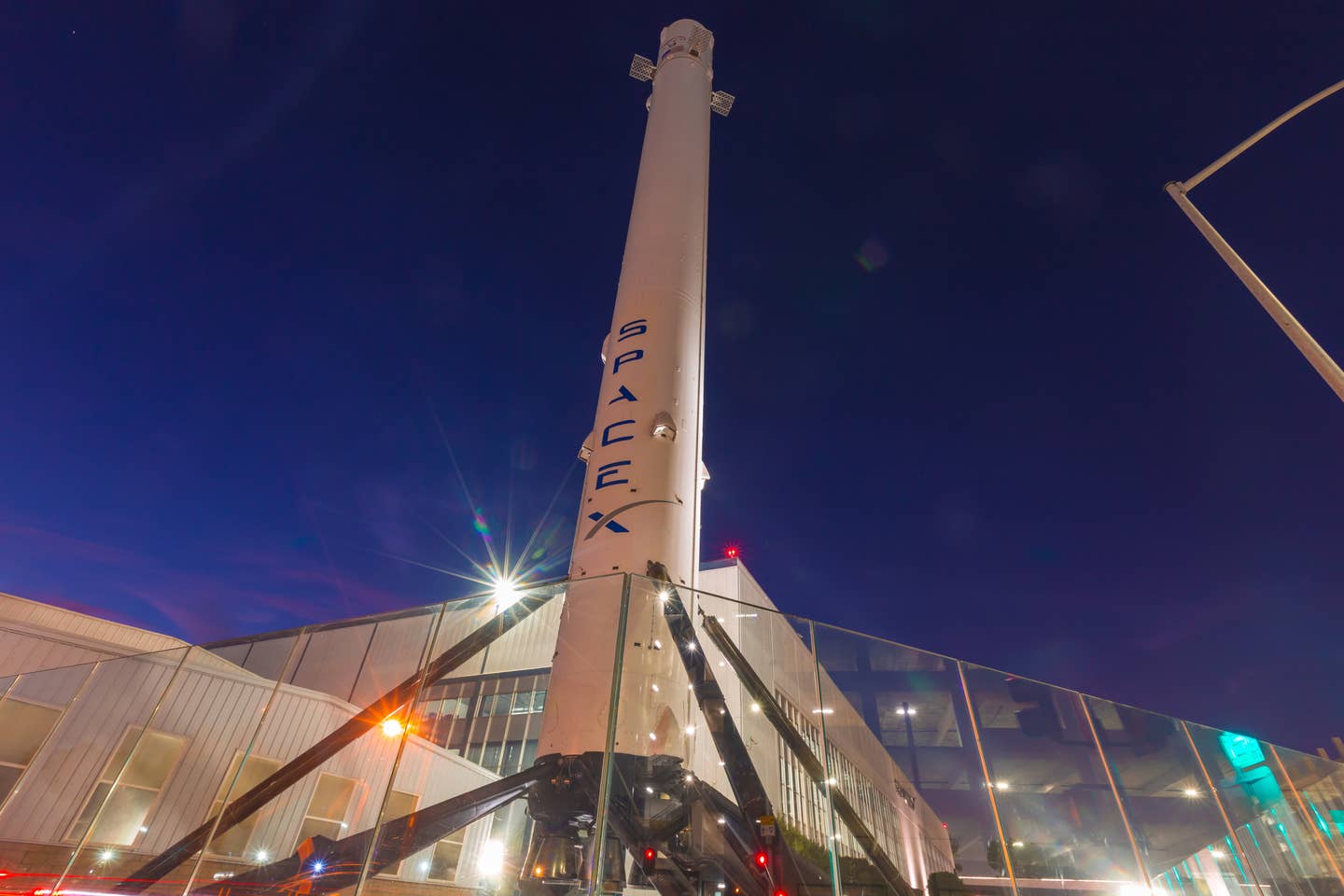Logan Nye

Space Force and SpaceX announced that they've reached a deal for a brand-new military capability: Starshield. Is it a new laser defense shield against nuclear missiles? An Ultron for our time to destroy alien armadas? Or Starlink, but with new branding and (probably) a new fleet of satellites?
Yup, the last one. But with how clutch Starlink is in Ukraine, a military-controlled version of the network could change operations there. And it would dramatically improve U.S. and allied military communications in future conflicts. Now, the American military will lead military space-based communications with the start of Starshield. But expect allies to clamor aboard and other nations to try developing rival platforms.
Space Force's "Proliferated Low Earth Orbit" Program
Space Force has one of the most descriptive, succinct names in the modern military, but it appears to be even worse at naming its programs than the other branches. Still, its Proliferated Low Earth Orbit Program, or "PLEOP," for acronym addicts who want to hear the sound of a dump every time they discuss the program, is promising.
Space Force has set aside $900 million through 2028 to build "space architecture" in low Earth orbit. The first major contract has now gone to SpaceX. It's not surprising since SpaceX already has a civilian version, Starlink, of the "low-latency data transport" that Space Force needs.
The Space Force's Space Defense Agency is also looking for capabilities to track advanced missile threats, track critical land and maritime targets, and manage battles from space. But the low-latency data transport (super fast internet), is the first big milestone.
The capability is already in Ukraine, but with serious limits
Ukraine already has the top-line capability of Starshield in its war against Russia through Starlink. But relying on a communications network controlled by a single billionaire is risky. Elon Musk originally donated Starlink terminals and services to Ukraine for civilian use after Russia's expanded invasion in 2022.
But Ukraine's boosters around the world quickly bought up more terminals and sent them to units in combat. They quickly proved their worth and now Starlink is reportedly one of the most important pieces of communications equipment in the war.
Starlink has super low-latency. It passes signals at literally light speed. That makes it especially useful for drones that need to be agile and for artillery correction.
But Starlink is controlled by Musk, and he has appeared unhappy with the risk of Russian attacks against the network. In a particularly illuminating incident, Musk refused to turn on service in Crimea during a Ukrainian attack.
(This incident was originally reported in a new biography but got confused as it was re- and re-reported. People thought Musk turned off Starlink during a Ukrainian attack, but the author clarified services were off in Crimea. Musk refused to turn it on, citing risks to Starlink and of war. Musk also said he was worried the attack could be a new Pearl Harbor, which is weird. Russia started the war in Ukraine in 2014. Pearl Harbor was famously a surprise attack launched hours before the declaration of war.)
And, according to reporters and think tank researchers who have visited Ukraine, the Ukrainian attackers in the counteroffensive have to request, through Starlink, for geofences to be moved as they advance. Since they can't trust Starlink to keep their attacks a secret, they move the fence after successful attacks. That means they move out coverage to attack, losing their most effective communications, and then move the geofence only after the attack is successful.
Anyone who has ever assaulted an enemy position can tell you that's nuts. You would really prefer your best communications to work as you hit the objective, not soon after.
Starshield would, theoretically, remove most of the limits
It's not yet clear, but Musk's comments point to Starshield being a completely separate system. If so, Ukraine will have a military operator with clearance who can help them move geofences ahead of attacks. Their communications will be on a classified, secure network. And Russians will be unable to buy their way onto that network.
Other risks would remain. So far, Russia has proven incapable of finding Starlink antennas using their signals, but that won't last forever. And Starshield, like any radiation-based communications, will be possible for electronic warfare operators to track.
But Starshield, if the war continues when it's completed, will help Ukraine. And it poses a major capability increase for the U.S. and its allies in the next decade regardless. Low latency, high bandwidth, and secure. And you can add new units to the mix with just a small terminal dish and less than an hour of training.
No comments:
Post a Comment